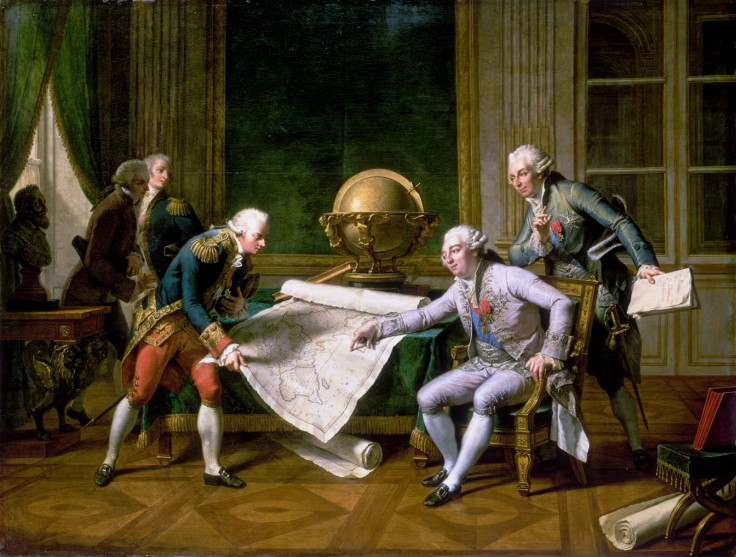Mystery of famous 18th century explorer's disappearance finally solved with help of castaway
A 200-year mystery has finally been solved by the gruesome account of a Pacific Island castaway.

A rediscovered account from a castaway in the Solomon Islands is believed to have solved the 200-year-old mystery of what became of the famous ship of Jean-François de Galaup, Comte de La Pérouse.
The voyage was so important at the time that King Louis XVI enquired if there was any news of the ship on his way to the guillotine in 1793. A total of 225 men set off from France in 1785 to traverse and explore the Pacific Ocean.
The ship got more or less comfortably to Australia in 1788, landing in New South Wales. La Perouse then planned to leave the Pacific by the Torres Strait between Australia and New Guinea.
But he never got that far. There was no sign of him in Europe when he was due back in 1789. Two years after that, an expedition was sent from France to search for him, with no success.
Now researchers have rediscovered an account from a castaway on Murray Island, to the north-east of Australia in the Solomon Islands. The castaway was called Shaik Jumaul, and is thought to have inadvertently discovered the fate of La Pérouse's crew. The research is published in a study in the Journal of Pacific History.
"La Pérouse's voyage of discovery in the Pacific is recognised as one of the most important of its era, rivalled only by the work of Cook," study author Garrick Hitchcock of the Australian National University said in a statement.
"What became of this ship and its crew, desperate to return to France, has been an ongoing mystery."
Hitchcock rediscovered Jumaul's account in an 1818 edition of The Madras Courier. According to the account, Jumaul was a castaway from the wreckage of a merchant ship near Murray Island. He was eventually rescued four years later by other merchant ships passing by.
"Jumaul informed his rescuers that he had seen cutlasses and muskets on the islands which he recognised as not being of English make, as well as a compass and a gold watch," Hitchcock said.
Where had these artefacts come from? The locals of Murray Island said that they had come from a shipwreck on the Great Barrier Reef, which the villagers had looted. While the crew's weapons and artefacts had survived, the men themselves met a more violent end.
"Boats with crew had come ashore, but in the fighting that followed, all were eventually killed," Hitchcock said. "Except a boy, who was saved and brought up as one of their own, later marrying a local woman."
This is thought to have been the ship's boy François Mordelle, the last survivor of La Pérouse's expedition.
"The Indian newspaper article featuring the castaway's account was later reproduced in several other newspapers and periodicals of the day, in Australia, Britain, France and other countries, and observers noted that this might refer to the La Pérouse expedition," Hitchcock concluded.
"Somehow, Shaik Jamaul's story was subsequently largely forgotten."
© Copyright IBTimes 2025. All rights reserved.






















